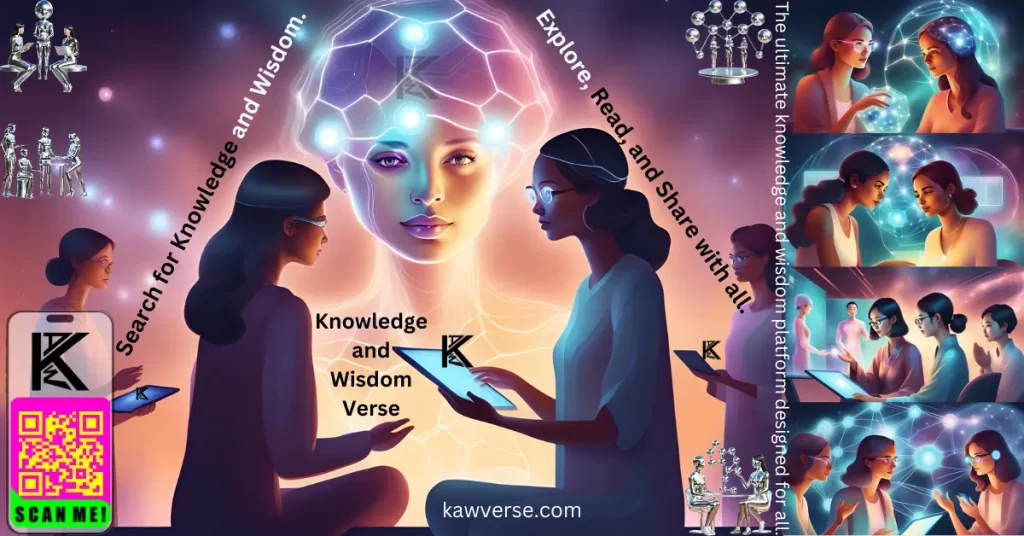The letter F holds a unique position in the English language. Its sound, structure, and usage span across various aspects of communication, art, and education. Whether you’re a language enthusiast, a teacher, or simply curious about the alphabet, this guide offers an in-depth look at the multifaceted nature of the letter F. By the end of this article, you’ll gain a fresh perspective and practical insights into the significance and applications of this essential character.
Benefits of Reading This Article
- Understand the origins and evolution of the letter F.
- Discover real-world applications and examples of the letter F in action.
- Gain insights into how F impacts communication, learning, and creativity.
- Explore the cultural and symbolic meanings associated with F.
- Learn actionable tips for teaching and using the letter F effectively.
Definition: What Is the Letter F?
The letter F is the sixth letter in the modern English alphabet and a consonant. Its sound, typically represented as /f/, is produced by the friction of air passing through the upper teeth and the lower lip. The character originated from the Semitic letter waw, evolving through Greek (Φ, phi) and Latin alphabets to its current form.
Examples and Comparisons
- Phonetic examples: Words like fun, family, and friend begin with F, while enough and phone show its phonetic relatives.
- Comparisons: Unlike the similar-sounding ph or v, F maintains a consistent sound in most contexts, aiding clarity in communication.
Target Audience
This article is designed for:
- Beginners: Individuals learning English or exploring the alphabet for the first time.
- Educators: Teachers seeking resources and strategies for teaching the letter F.
- Linguists: Experts analyzing the phonetics, history, and cultural implications of letters.
- General readers: Anyone intrigued by the nuances of language and its components.
Applications and Real-World Use Cases
The letter F appears across numerous domains, showcasing its versatility:
1. Language and Literature
- Enhances word formation, e.g., family, freedom, focus.
- Plays a critical role in acronyms like FAQ (Frequently Asked Questions) and FYI (For Your Information).
2. Education and Learning
- Used as a grading symbol, often representing “fail” in academic contexts.
- Common in phonics education to teach consonant sounds.
3. Business and Marketing
- Brands like Facebook leverage the F symbol for recognition.
- Represents functionality and simplicity in design.
4. Pop Culture and Symbolism
- Symbolizes respect in online gaming communities (e.g., “Press F to pay respects”).
- Associated with phrases like “fast” in car culture.
Relevance and Importance of the Letter F
The letter F is more than just a symbol; it’s a linchpin in modern communication and expression. Here’s why it matters:
- Linguistic Necessity: As a fundamental consonant, F enriches vocabulary and phonetics.
- Cultural Impact: From internet memes to branding, F holds symbolic power.
- Educational Value: Simplifies teaching of sounds, blending, and literacy skills.
Current Trends
- Voice Search Optimization: Words starting with F are increasingly used in queries like “Find fun places nearby.”
- Generative AI Outputs: F-heavy phrases often appear in AI-generated content for clarity and impact.
Types and Subtopics
The letter F can be explored through various lenses:
1. Phonetics
- Voiceless labiodental fricative (/f/).
2. Typography
- Variations in serif, sans-serif, and decorative fonts.
3. Symbolism
- Represents values like freedom, focus, and functionality.
4. Cultural References
- Found in phrases, idioms (“fine as frog’s hair”), and expressions.
Key Takeaways
- F is a cornerstone of language, offering phonetic clarity and creative possibilities.
- Its applications range from education to branding and cultural symbolism.
- Understanding F’s role can enhance communication, teaching, and design.
Frequently Asked Questions (FAQs)
Q: Why is F important in language?
A: F is vital for phonetic variety and enriches vocabulary with clarity and expressiveness.
Q: How is F taught to children?
A: Through phonics, visual aids, and repetition, often using words like fish and frog.
Q: What are some symbolic meanings of F?
A: It represents respect, functionality, and focus in different contexts.
Next Steps and Future Directions
- For Learners: Practice using F in vocabulary and speech for better fluency.
- For Educators: Incorporate interactive methods like games and storytelling to teach F.
- For Researchers: Explore F’s role in linguistics, AI, and cultural studies.
Emerging Opportunities
- Leveraging F in voice-search-optimized content and branding.
- Studying its evolving cultural relevance in digital communication.
Conclusion
The letter F is a fascinating subject that bridges language, culture, and technology. By understanding its role and significance, we unlock not only its historical and linguistic value but also its potential in shaping modern communication. Let this exploration inspire you to delve deeper into the alphabet and its enduring impact.


Leave a Reply
You must be logged in to post a comment.